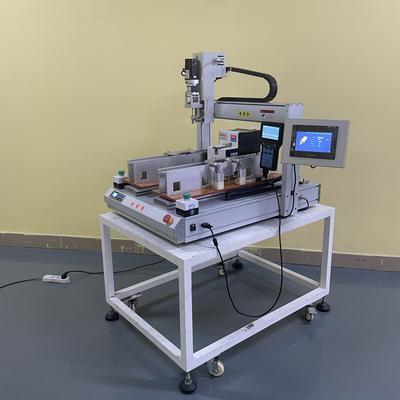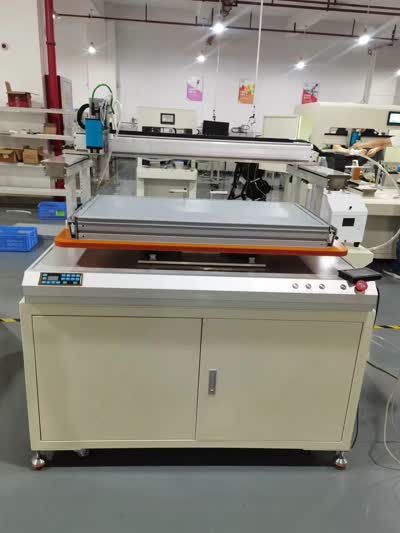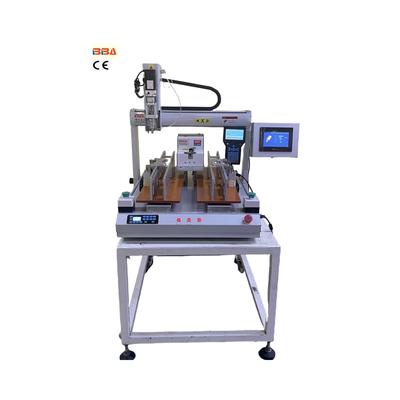Robotic Screw Locking Systems | Precision Assembly Automation
In today's era of advanced manufacturing, achieving seamless assembly processes is paramount. Screw locking operations, though seemingly simple, represent a critical juncture where precision and repeatability can significantly impact product quality. Traditional methods—whether manual screwdrivers or fixed automated systems—often fall short in dynamic production environments. These approaches struggle with inconsistent torque application, operator fatigue, and limited adaptability to varying product designs or complex geometries.
The integration of dedicated screw locking machines with robotic arms offers a transformative solution. By mounting compact, high-torque screw locking modules onto multi-axis robots, manufacturers gain unprecedented flexibility. This synergy combines the pinpoint accuracy and reach of industrial robots with specialized screwdriving technology. Our solutions enable fully automated, programmable screw fastening across diverse applications—from electronic assemblies with intricate internal components to robust automotive subframes requiring controlled high-torque sequences.
Operational Advantages
Key benefits emerge when robotic precision meets advanced screwdriving. First, process consistency drastically improves: automated torque control ensures every fastener meets exact specifications, eliminating human variability. Second, throughput accelerates—robotic arms work tirelessly, performing sequential operations in pre-programmed sequences without pauses. Third, spatial adaptability shines as articulated robot arms access confined spaces and tilted surfaces impossible for rigid automation. Finally, error-proofing capabilities are inherent; integrated sensors detect cross-threading, stripped screws, or missing fasteners in real-time, immediately alerting systems to defects.
Implementation Insights
Successfully merging these technologies requires careful orchestration. Robot selection is foundational: payload capacity must accommodate the screw locking module’s weight along with end-effectors like grippers or cameras. Cycle-time calculations should synchronize robotic movement speeds with screwdriving durations. Compatibility between robot controllers and screw locking systems is essential for unified operation—industrial protocols simplify command integration without custom code. Vision systems are highly recommended for precise hole recognition and positional feedback, while safety systems ensure collision detection and operator protection.
Production Transformation
Real-world implementations consistently demonstrate measurable gains. Automotive assembly lines utilizing attached robotic screwdrivers reduce engine-component installation time by 30% while achieving zero torque-related failures. Electronics manufacturers report 40% faster PCB assembly with error-free micro-screw placements. For large-scale appliance production, robotic arms equipped with auto-feed locking systems can process 150+ units per hour across multiple screw points without manual intervention. Such productivity uplifts directly translate to reduced labor costs and significantly shorter ROI periods for the investment.
This sophisticated integration marks the evolution toward fully autonomous manufacturing ecosystems. As Industry 4.0 advances, combining robotics with application-specific tools will accelerate across all assembly processes. Current options facilitate this transition through modular components designed for swift deployment. Considering synergistic robotic fastening solutions today positions production facilities for tomorrow’s hyper-competitive industrial landscape, where seamless automation isn’t optional—it’s imperative.
| Product Name | Applicable industries |
| Auto Screwdriver Machine | Electric Bicycle Assembly |


